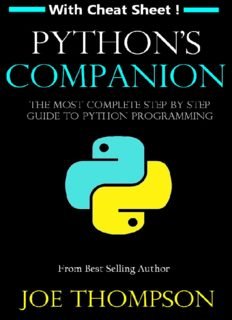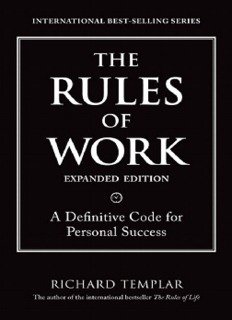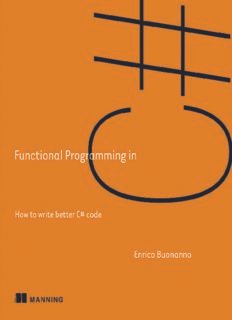Tasnif
«Embark on Your Python Journey with ‘Python Python’s Companion: A Step-by-Step Guide for Beginners to Start Coding Today!’ by Joe Thompson!
Designed for aspiring programmers of all ages, this comprehensive guide is your key to unlocking the power of Python. Authored by coding expert Joe Thompson, ‘Python Python’s Companion’ takes you on a journey from novice to proficient coder with its easy-to-follow, step-by-step approach.
Whether you’re completely new to coding or transitioning from another language, Thompson’s clear explanations and practical examples will help you grasp Python’s fundamentals quickly. From basic syntax to advanced concepts, each chapter builds upon the last, ensuring a solid foundation in Python programming.
With its engaging writing style and hands-on exercises, ‘Python Python’s Companion’ makes learning to code a fun and rewarding experience. Whether you aspire to develop software, analyze data, or automate tasks, this book equips you with the skills and confidence to pursue your goals in the exciting world of programming.
Get ready to embark on your coding journey and start coding today with ‘Python Python’s Companion’ as your trusted guide!»








Fikr-mulohazalar
Baho berilmagan.